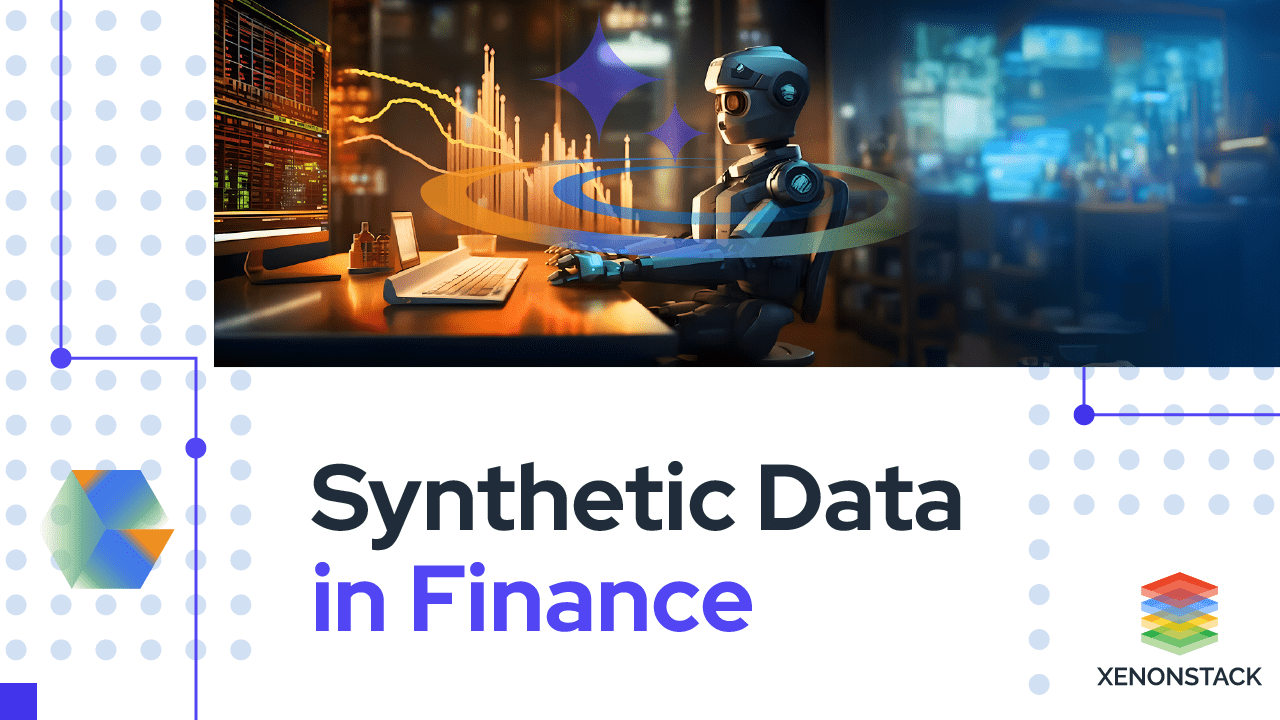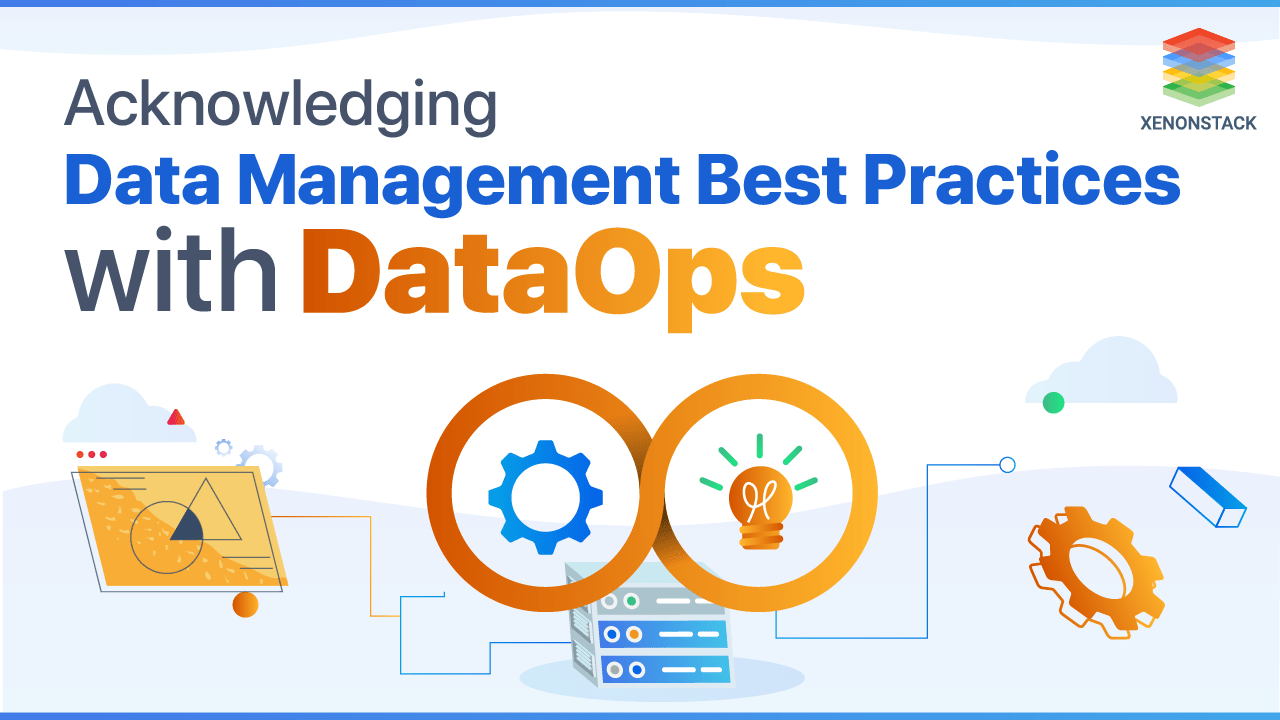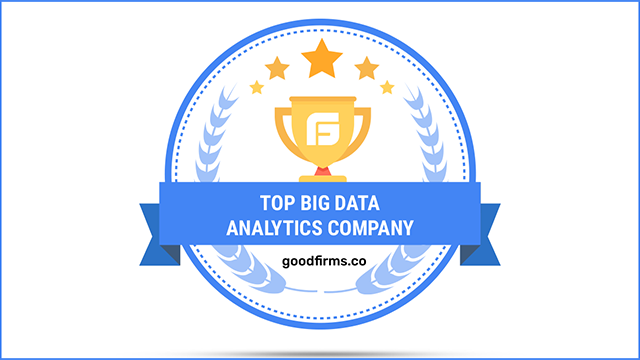
Use cases and motivations for synthetic data generation
The finance sector's outlined use cases and motivations for synthetic data generation highlight the practicality and versatility of employing such techniques. Let's explore each of these points:
1. Internal Data Use Restrictions
Synthetic data proves valuable in scenarios where regulatory requirements or internal policies hinder data sharing between different lines of business. It allows teams to work on data-related projects while awaiting necessary approvals.
2. Lack of Historical Data
When historical data are scarce, synthetic data becomes crucial for studying events like flash crashes, recessions, or new behavioral regimes.
3. Tackling Class Imbalance
Synthetic data is a valuable solution to address the class imbalance challenge in various use cases, including fraud detection. Highly imbalanced datasets may require additional support for traditional machine learning and anomaly detection techniques. However, realistic synthetic data and appropriate data imputation techniques can effectively overcome this issue.
4. Training Advanced Machine Learning Models
In large-scale machine learning, intense learning, a lot of computing resources and vast training data are often required. However, institutions with limitations in uploading data to cloud services can opt for synthetic data to train models. This approach not only protects privacy but also prevents potential membership inference attacks.
5. Data Sharing
Synthetic data enables collaboration among financial institutions and research communities. Sharing synthetic data ensures compliance with regulations and data-sharing restrictions.
Synthetic Data Revolutionizing Finance: Stress Testing to Fraud Detection
Digital transformation is a crucial objective for banks. Still, it can take time to achieve due to various challenges such as privacy regulations, outdated legacy systems and the need for workforce training. Synthetic financial data can offer a solution to these problems and can be applied to various finance domains.
1. Stress Testing and Scenario Analysis
Financial organizations can generate hypothetical scenarios and simulate how financial instruments perform in different situations. Synthetic data is used to create these scenarios, allowing organizations to explore various possibilities and outcomes that may not be available in the real world.
2. Fraud Detection and Risk Management
Reduce false positives and fine-tune risk management strategies with synthetic data simulation to improve fraud detection models.
3. Credit Scoring and Loan Origination
Synthetic data enables financial institutions to create digital clones of customers, simulate their credit scores, and make more accurate loan origination decisions while better understanding the creditworthiness of their clients
4. Portfolio Optimization
The utilization of synthetic data empowers organizations to generate comprehensive information for a variety of investment scenarios, allowing them to analyze the performance of different portfolios. This analysis aids in identifying the portfolios that offer the greatest profitability, ultimately leading to enhanced client returns.
5. Anti-Money Laundering
Organizations can generate large synthetic transactions to train and test their anti-money laundering (AML) models. This method allows them to detect patterns of criminal activity and stay ahead of new tactics.
6. Data Bias Reduction
While synthetic data is not completely immune to bias, it offers a valuable solution in minimizing the perpetuation of prejudices by generating datasets that comprehensively represent the entire population. By leveraging synthetic data, organizations can establish models that rely not solely on flawed data sources.
Beyond data privacy: the benefits of synthetic financial data
Synthetic financial data is more than just a privacy solution. It can improve machine learning processes and model development for financial organizations. According to Gartner, generating and sharing synthetic financial data is crucial for banks to stay ahead of the curve and remain competitive.
These are some of the benefits organizations will get from synthetic financial data:
1. Improved data quality and diversity
Synthetic data simulates various scenarios and events, providing more diverse datasets than conventional sources. This enhances model precision and enables accurate predictions and risk evaluations.
2. Enhanced scalability
Synthetic data can help generate unlimited data to support ML algorithms, allowing them to scale up operations easily without being limited by the scope and volume of traditional financial data.
3. Improved risk management
Synthetic data serves as a valuable tool for testing and enhancing risk management strategies prior to their real-world application. By conducting simulations on synthetic data, organizations can effectively anticipate and mitigate risks, while also streamlining the development process by minimizing the required time and resources.
4. Enhanced collaboration and knowledge sharing
Synthetic financial data allows for easy sharing and distribution within and between organizations, promoting better collaboration and improved model quality.
5. Improved regulatory compliance
Synthetic data enables financial organizations to train their models while adhering to strict data privacy and security regulations like GDPR. Testing and validating models using synthetic data helps organizations avoid potential legal liabilities of using real-world data containing sensitive or personally identifiable information.
Conclusion
Financial organizations can use synthetic data to stay competitive. Synthetic data reduces time to data, accelerates access to data, and complies with data privacy regulations. It also helps developers work more efficiently and innovatively without hindrance. Utilizing synthetic data can greatly benefit financial institutions in their quest to outshine competitors, streamline data acquisition processes, foster data-driven innovation, and maintain compliance with data privacy regulations.
- Read more about Developing Generative AI Solutions with Private LLM
- Explore more about Applications of AI in Banking and its Benefits





